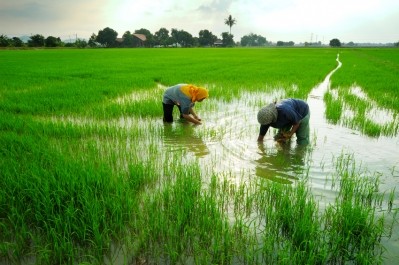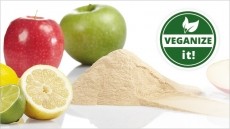New hybrids drive Egypt's world-beating rice yield
2005, with production boosted by hybrids developed locally under an
FAO-led project.
A yield of 9.5 tonnes per hectare was achieved partly through the introduction of newly-developed hybrid varieties such as SK 2034 and SK 2046, which the FAO claims outperformed the best local varieties by 20 to 30 per cent.
They were selected from more than 200 hybrid varieties under the FAO-led project, intended to help Egypt produce more rice with less water and less land.
The results reflect positively on the FAO's attempts to increase global rice production through innovative breeding programmes. Increasing Egyptian rice output is seen as vital in order to resolve a national production gap stemming from population growth of 2.2 per cent a year combined with increasingly limited land and water resources.
Egypts population is set to increase from a current 75 million to 100 million inhabitants by 2025. Three million tons of rice will be needed by 2010 compared with current requirements of 2.8 million tonnes.
But despite Egypts success and the progress made towards a new generation of varieties, the FAO is quick to point out that hybrid rice seed production is not a panacea. There are, for example, a number of countries lacking technical skills and infrastructure to carry out hybrid rice seed production programmes.
Executive secretary of the International Rice Commission, Nguu Nguyen, told an international scientific conference on sustainable rice production in Russia this week that in the medium term, increasing rice production in such countries could require a different approach, one based on introduction of better crop management practices.
"The results from pilot tests in developing countries since 2000 have demonstrated that very high yield with existing varieties can be obtained with improved crop management (ICM)," he said.
In the Philippines, for instance, ICM had almost doubled yields of testing farmers from 4.5 tonnes/ha to over 8 tonnes/ha, he added. ICM includes such practices as setting planting dates to expose crops to higher solar radiation, optimising seeding density, balanced plant nutrition and careful water management.
In any case, Egypts appetite for rice mirrors growing international demand for what is already the worlds most widely-consumed food. Rice is the fastest-increasing food crop in Africa for example.
Globally, 618 million tonnes of rice was produced in 2005 but with world population growing by more than 70 million a year, an extra 153 million tonnes will be needed by 2030.












